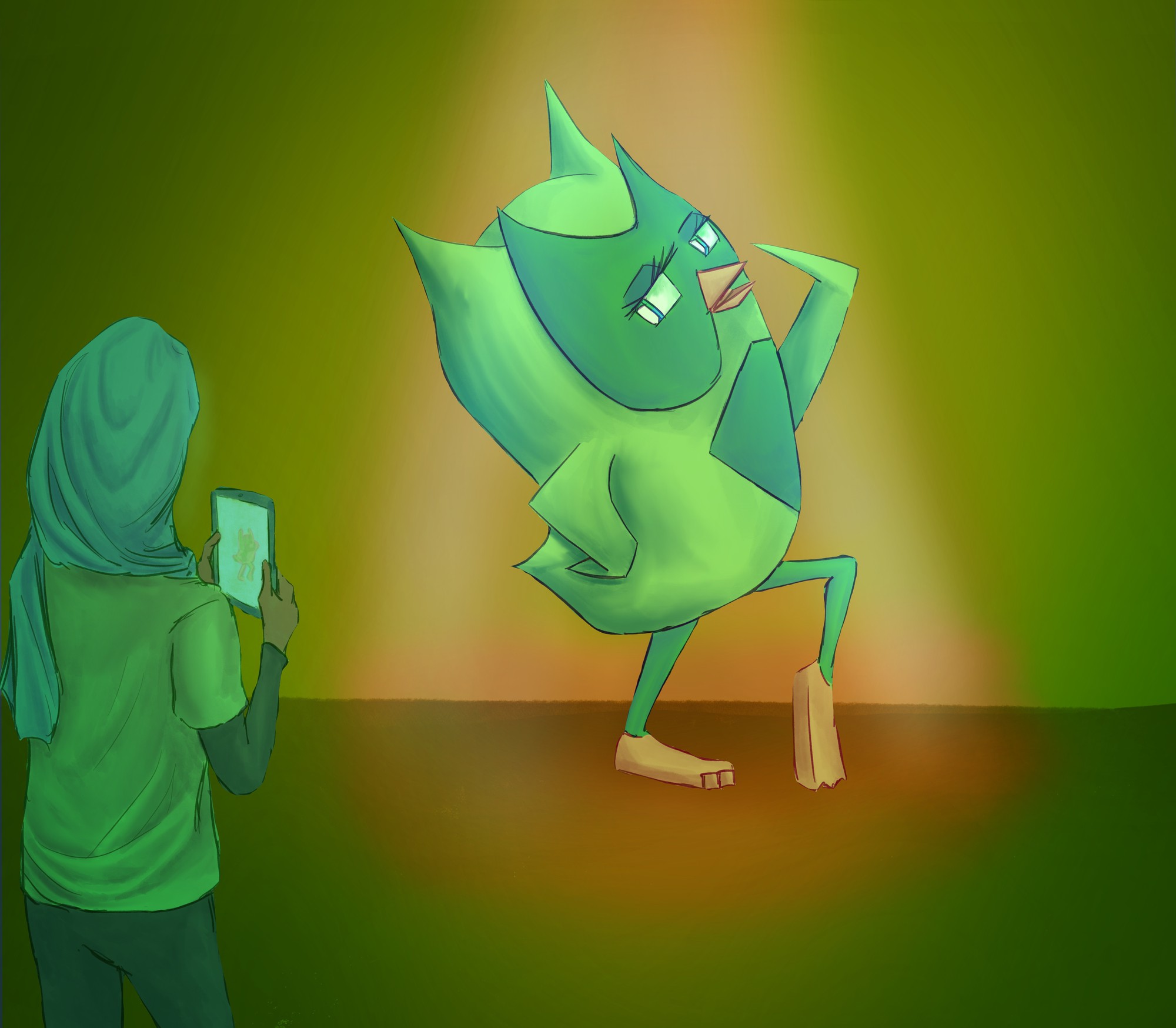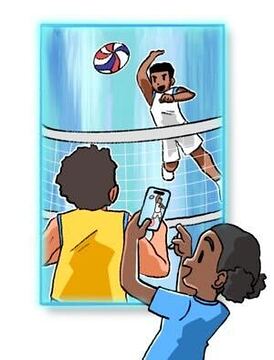How Duolingo’s unhinged marketing strategy nurtures its success

(Helen Juwon Park / Illustrations Director)
By Alexandra Bakshian
Sept. 12, 2024 4:36 p.m.
On April 1, Duolingo posted a video on TikTok where their mascot performed a musical number in Spanish while ice skating to advertise a “Duolingo on Ice” musical.
The April Fool’s joke quickly went viral, garnering over two million likes and 18 million views to date.
Language-learning app Duolingo has shot to popularity in the last four years, largely because of its mascot: a large green owl named Duo. Their untraditional marketing tactics have allowed the app to grow from around 40 million monthly users in 2021 to over 100 million monthly users in the second quarter of 2024, according to the company’s government filings.
Lia Haberman, social media marketing consultant and marketing instructor at UCLA Extension, said in a written statement that Duolingo is a case study of strategically unhinged marketing.
“Unhinged marketing has helped put Duolingo on the map,” Haberman said. “They’ve turned their green ‘Duo’ owl into a humorous and zany mascot who participates in memes and cultural trends to make an impact.”
Unhinged marketing is a newly popular tactic which steers from serious and traditional advertisements, instead relying on a less polished approach by incorporating pop culture and memes into their content, according to marketing software company Hubspot.
Aimee Drolet, a marketing professor at UCLA Anderson School of Management who focuses on brand management and consumer decision-making, said these unusual marketing tactics work by shocking viewers and creating buzz.
“Sometimes people aren’t paying attention, so you really need an outsized kind of approach promotionally, to get people, to jar them and to have a kind of broader reaction,” Drolet said.
Additionally, Duolingo applies a strategy called borrowed interest. Borrowed interest techniques are employed when a product or service is not particularly interesting, so attention is generated through unusual or outrageous stimuli, Drolet said. Examples of borrowed interest techniques include the GEICO gecko, which brings personality and humor to an insurance company’s brand, or commercials where conventionally attractive female models stand next to cars, she added.
Through the use of unhinged marketing and borrowed interest techniques, Duolingo has created a notable presence on TikTok and Instagram, both of which are platforms that serve Duolingo particularly well in establishing their brand identity.
Drolet said choosing a marketing platform determines who the content reaches and the way the content is perceived. Social media platforms, such as TikTok and Instagram, allow Duolingo to reach young millennial and Gen Z audiences, including Bruins.
Second-year pre-global studies student Isabelle Marzano said Duolingo’s videos have resonated with her and her friends.
“Using sounds that are trending, that we’re seeing our friends use …. using the vocabulary that we use every day, … they’ve joined this identity that we’ve created as a whole for our generation,” Marzano said.
Particularly, Duolingo employs Gen Z’s vernacular in order to reach their target audience. Based on the youthful tone and Gen Z humor that Duolingo uses in its marketing, many assume the team is run by someone from a younger generation.
In fact, this guess would be correct. Zaria Parvez, senior global social media manager at Duolingo, joined Duolingo in 2020 out of college, quickly becoming the voice behind their new socially-driven marketing approach. Parvez told NBC in an interview that she felt particularly capable of maneuvering TikTok, engaging with TikTok’s jargon and jumping on trends.
Another key aspect of the success of Duolingo’s marketing strategy is allowing users to feel a sense of community. This is done through a psychological phenomena known as social proof, Haberman said. Social proof occurs when people base their decisions on the opinions of others, according to Forbes. In the case of a video posted on social media, the amount of engagement a video gets may corresponds with its perceived value.
Duolingo’s choice of using social media as opposed to TV or website advertisements allows consumers to see how many likes and views a post has, which influences the viewers’ perception of the material.
With their emphasis on social media presence, Duolingo’s videos consistently garner millions of likes, as they keep up with trends by using popular audios or partnering with influencers, Marzano said.
These trending audios and partnerships are used as backdrops for Duo’s storylines. The mascot has various storylines that help establish his personality, from his “crush” on Dua Lipa to his one-sided rivalry with Google Translate, according to Hubspot. Drolet said communicating information in the form of stories creates a more emotional and memorable impact.
“Storytelling in general is a form of communication that human beings are especially attuned to,” Drolet said. “Telling things in a story manner … makes them have certain emotional reactions.”
Duolingo’s memorable, unhinged marketing strategy has propelled them to the forefront of Gen Z’s attention. However, as the novelty fades, the brand’s heavy reliance on the initial shock value and attention-grabbing tactics might cause them to struggle to keep their audience engaged, raising questions on the sustainability of their current marketing tactics.
“They (companies) always hope that after they’ve woken people up, or gotten noticed or generated something that that’s going to become a positive,” Drolet said. “But consumers are fickle.”



